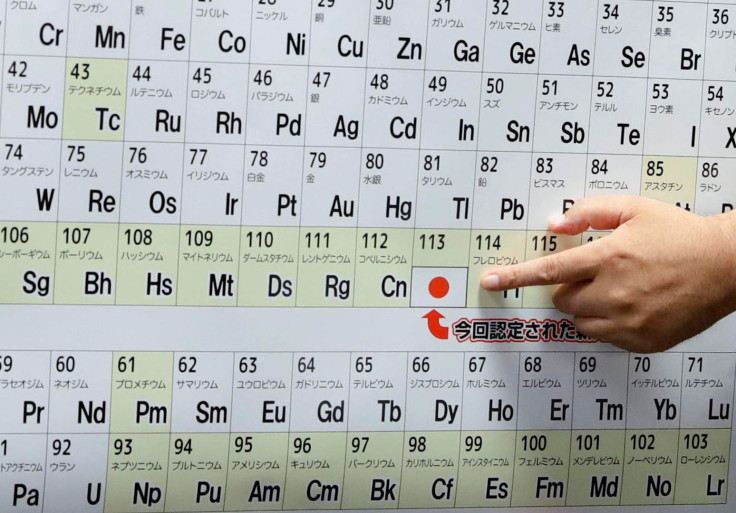New State Of Matter? 'Time Crystals' Created By Scientists

Scientists successfully created a new state of matter with the development of "time crystals." The atoms inside the crystals remained in perpetual motion without any outside influence and didn’t lose any energy to the outside world, according to two studies published this week in the journal Nature.
Two research teams, one at the University of Maryland and the other at Harvard, produced time crystals using different methods. The crystals were likened to “a ticking clock that never needs winding” because they don’t need any external energy to continue moving, according to Nature.
Read: Artificial Intelligence Scientists Discuss Doomsday Plans In Arizona Desert
The existence of time crystals was first proposed in 2012 by Nobel prize-winning physicist Frank Wilczek, but the studies were the first tangible examples of a class of a matter known as “nonequilibrium phases.”
“This opens the door to a whole new world of nonequilibrium phases. We’ve taken these theoretical ideas that we’ve been poking around for the last couple of years and actually built it in the laboratory,” Andrew Potter, assistant professor at the University of Texas at Austin and part of the research, said in a press release Thursday. “Hopefully, this is just the first example of these, with many more to come.”
Though the crystals can’t yet be used in real world applications, they could, at some point, be used for storing or transferring information in quantum computers. They also might be useful in “super-precise sensors” by detecting extremely small changes while stabilizing surrounding areas.
Researchers at the University of Maryland created the crystals using ions of the element ytterbium, applying an electrical field and repeatedly smashing them with a laser pulse.
“This is a new kind of order, one that was previously thought impossible,” Vedika Khemani, part of the Harvard team, said in a commentary published in Nature Wednesday. “That’s extremely exciting.”
© Copyright IBTimes 2025. All rights reserved.






















